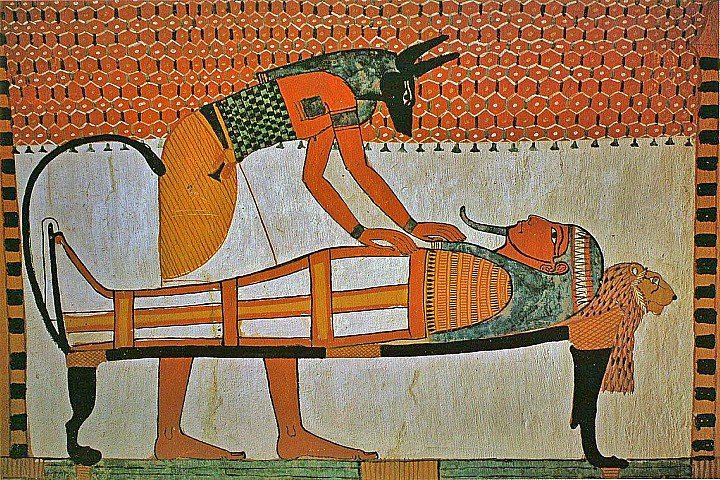Mummification in ancient Egypt
Ancient Egyptians wanted to live again after death, so they needed their bodies preserved and recognizable. To stop decay, the brain was removed immediately, but not preserved. The liver, intestines. stomach, and lungs were also removed and were mummified separately and placed in four Canopic jars. The heart was left in the body as it was considered the essence of intellect, feelings, and soul. The body was then heaped with natron (basically baking soda) for forty days, which removed all the moisture and fat. Afterward. the body was washed, carefully wrapped in linen, placed in a sarcophagus, and put in the burial chamber of the tomb.
King Tutankhamen’s Mummy
Tutankhamen’s Mummy had originally been placed inside three nested human-shaped sarcophagi inside each other like the Russian dulls , which were in turn inside a rectangular stone sarcophagus, and then surrounded by four golden shrines His mummy is now back in his tomb in the Valley of the Kings. It Lies inside the outermost of the three human-shaped sarcophagi, which has been placed back in the bottom half of the stone sarcophagus. This has been covered with glass so that you can see inside.

